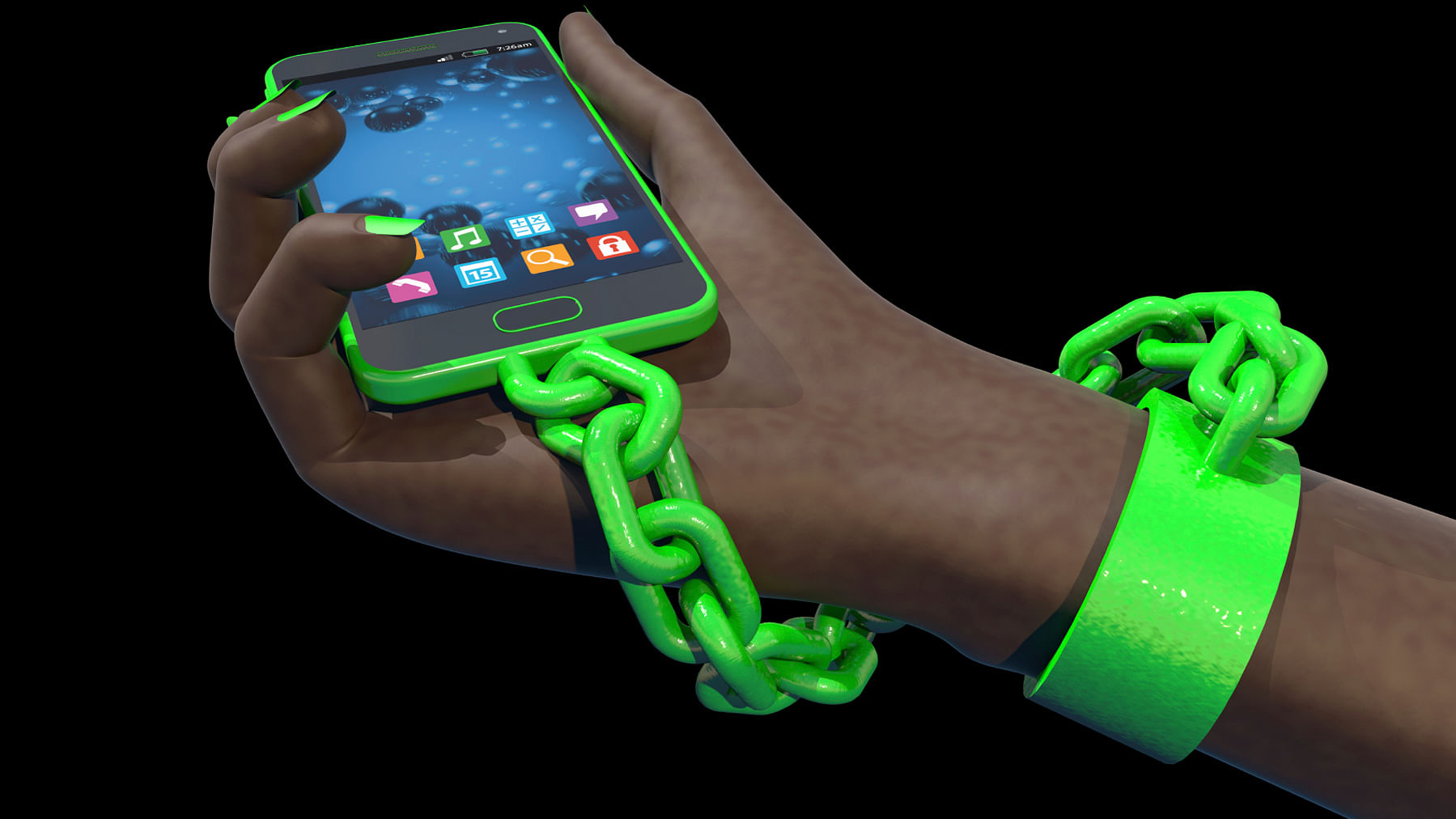Smartphone Addiction Is on the Rise, Are You Addicted Yet?
According to Deloitte Global Mobile Consumer Survey 2015, Indians are more addicted to their smartphones than ever.

advertisement
The latest smartphones in the market today are offering more connectivity, entertainment and more ways to share your lives with the people you love. Suffice to say, smartphones make you want to be more active on as many social media platforms as you can.
You will end up sharing every moment and obsessively tracking everything on your feed. Or has that already happened?
At first, you may wonder why a person would associate happiness with being truly wireless, but it will all make sense when you realise that 78% of smartphone users check their phones within 15 minutes of waking up.
52% of users check their phones within the 5 minute period before going to sleep. These numbers have been recorded by the Deloitte Global Mobile Consumer Survey 2015 (published in The Economic Times).
They analysed the mobile phone usage habits of over 2,000 Indian consumers as part of a global survey of 49,000 respondents across 30 countries.
The number of active mobile phones in India is more than 960 million, which is almost 75% of the Indian population. So when you talk about an average Indian, you just assume they have a smartphone.
According to the survey, more than 17% of the respondents looked at their smartphones 51 to 100 times a day. That adds up to once every 15 to 29 minutes.
It is also interesting to note that communication services like instant messaging and social networks are the first to be checked, followed by emails and SMS.
India’s research shows that the use of voice calls and SMS has declined by about 20% in the past two years.
Voice over Internet Protocol (VoIP) usage has increased to 48% in 2015 from 26% in 2013. Consumers prefer VoIP for cheaper or free international and video calls.
The study suggested that 71% of users wouldn’t mind using their mobile for financial transactions. However, they were concerned about their data security even while making mobile payments.
These results indicate the increasing tendency of using mobile phones for everyday tasks and that’s exactly what phone companies, along with network carriers, work towards.
With everything going online, it’s important to remember that you need to get offline every now and then.
(At The Quint, we question everything. Play an active role in shaping our journalism by becoming a member today.)